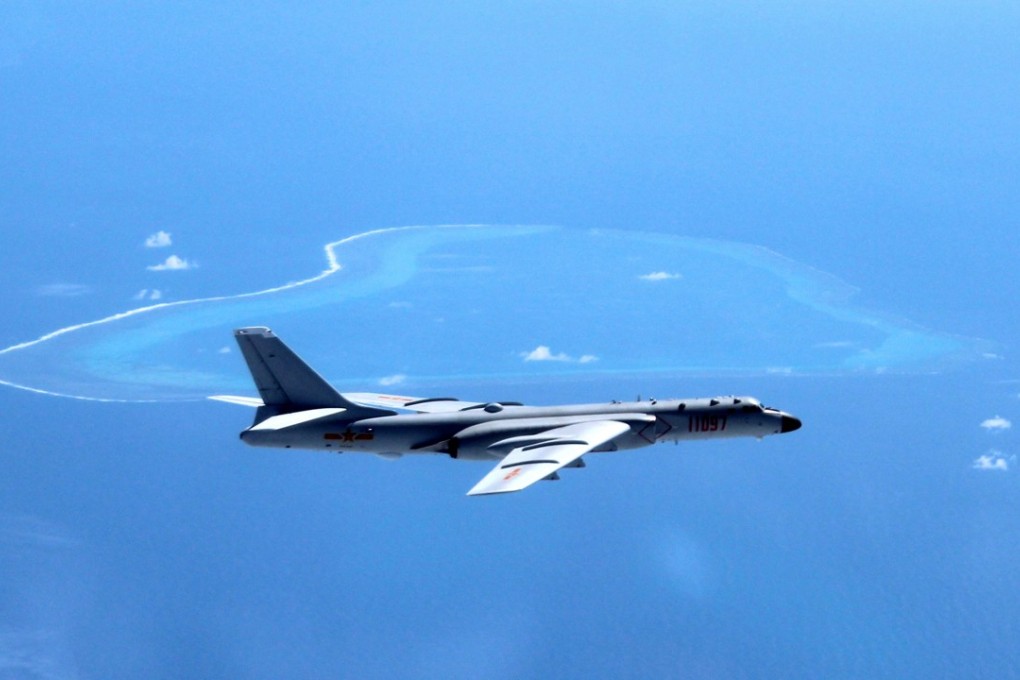Advertisement
South China Sea progress between China and Asean will run into choppy waters with the US
Emanuele Scimia says despite the breakthrough on a code of conduct in the South China Sea between China and Asean, the US will not cede influence in the region easily
Reading Time:4 minutes
Why you can trust SCMP
0

China and the Association of Southeast Asian Nations now have a single text to negotiate a code of conduct in the South China Sea, where four Asean member countries – Brunei, Malaysia, the Philippines and Vietnam – are locked in territorial disputes with Beijing. The announcement, which came on Thursday during the Asean-China ministerial meeting, was hailed as a milestone by both sides.
However, the concerned parties are a long way from reaching a consensus on a final document, and the United States is likely to try to sabotage any agreement that could weaken its position in the region.
China and Asean have worked to finalise a code of conduct in the South China Sea since 2002. The recent breakthrough may be the result of a convergence of diplomatic and economic factors. Beijing is fighting a trade war with the US, and looking for ways to absorb the shock of its conflict with Washington. In this respect, the easing of tensions in the South China Sea with its Southeast Asian neighbours could expedite the signing of the Regional Comprehensive Economic Partnership, a prospective regional trade agreement it backs, which could mitigate the risk of isolation for Beijing.
For their part, Asean claimants to the South China Sea are wary of US President Donald Trump’s real commitment to Southeast Asia, as well as his protectionist policies. The US was Asean’s third-largest trading partner in 2017 (China and the European Union topped the rankings), but it ran a trade deficit of US$55.6 billion. Given this imbalance, Asean countries have automatically become potential targets of Trump’s trade tariff campaign, which has thus far hit both enemies and friends, and may need Beijing’s help in case of a commercial spat with the US.
Watch: China rejects US claim of South China Sea militarisation
Advertisement